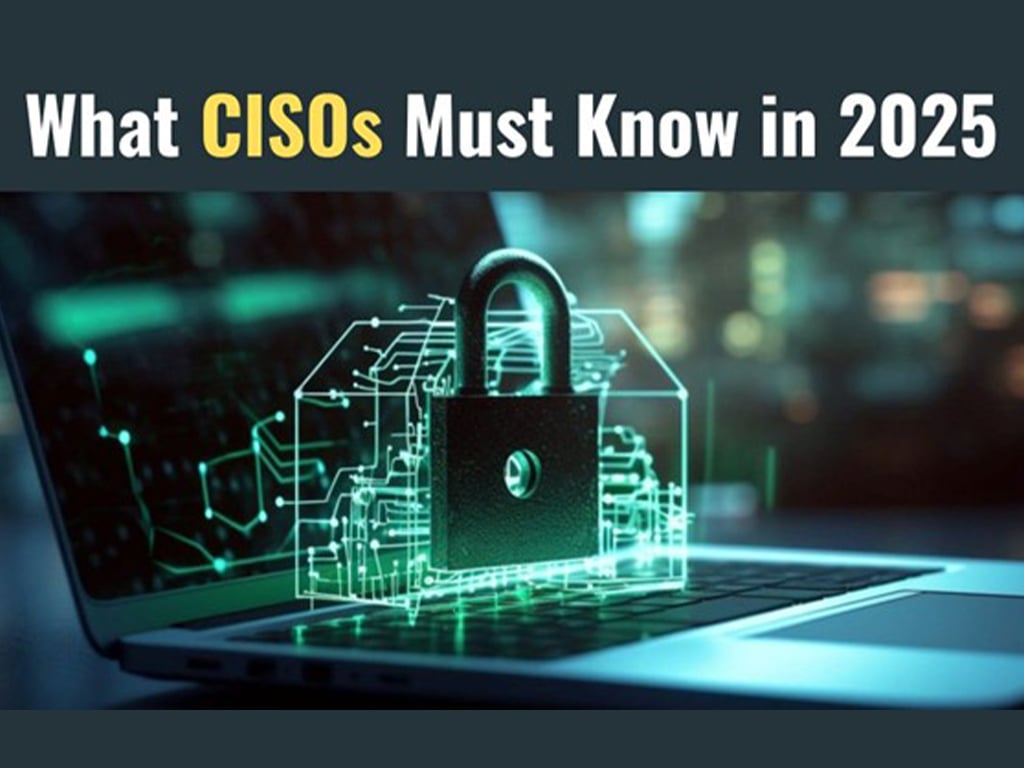There has been an increase in the advent of cyberattacks like never before. The companies are adopting cloud computing, AI-driven tech solutions and IoT technologies, intensifying the chances of data breaches. Cybersecurity does not mean just defending systems from online attacks, but it also includes compliance with the growing requirements from the regulatory bodies worldwide to protect sensitive data and ensure organisational accountability and a robust security framework for organisations. The businesses need to comply with these rules and regulations to maintain customer trust, reputation and also the risks of data breaches.
Non-compliance results in hefty fines and legal consequences for the company. Due to this, cybersecurity compliance, i.e. adherence to the security standards and regulations set by the government or industries, is very important for the company’s future. In this article by Pristine Market Insights, we’ve highlighted the key cybersecurity guidelines that every CIO (Chief Information Officer), CISO (Chief Information Security Officer), and security professional cannot afford to miss and should be aware of.
What’s New in Global Cybersecurity Regulations in 2025:
Here is a breakdown of the latest cybersecurity regulatory guidelines and key considerations for 2025:
Key Global and Regional Regulations & Frameworks:
- Europe (EU)
- NIS2 Directive: Securing Network and Information Systems
NIS2 stands for “Network and Information Security Directive”. The NIS2 Directive is an updated and extended version of NIS, the previous EU cybersecurity directive, overcoming its shortcomings. It was rectified to remove the deficiencies from the original directive. The member states had the time until 17 October 2024 to adopt the directive as national law. Operators of critical infrastructure and services in the EU must implement appropriate security measures and report any kind of incident to enhance the security of the network and information systems. NIS2 covers a larger number of sectors that are vital areas of society. The four primary areas of NIS2 requirements risk management, corporate accountability, reporting requirements, and business continuity are more stringent than those of NIS1. The business may be subject to significant fines and legal issues if these requirements are not met.
- Digital Operational Resilience Act (DORA)
The Digital Operational Resilience Act, or DORA, came into effect on 17 January 2025 and targets primarily financial institutions. Previously, there was no uniform method of addressing the issues regarding Information and Communication Technology (ICT), whether cyberattacks or technical failures. But with DORA, the financial institutions have to adhere to strict guidelines to protect themselves from these problems. It ensures that institutions such as banks, insurance firms, and investment banks can resist, respond to, and recover from significant operational interruptions as well as prevent and reduce cyberattacks.
- Cyber Resilience Act (CRA)
Hardware and software are both now prime targets for malicious acts. The Cyber Resilience Act applies to manufacturers, importers, and distributors of products with digital elements, ensuring cybersecurity throughout the lifecycle of their products. It introduces mandatory cybersecurity requirements, governing the planning, design, development, and maintenance of such products. The CRA’s regulations for reporting cybersecurity incidents will start on September 11, 2026. All other requirements of the act will be implemented by December 11, 2027. Products like medical devices, cars and others with their own safety and security rules are exempted from this. The main objective behind CRA is to increase customer trust in digital products and reduce the costs incurred due to data breaches.
- EU Artificial Intelligence Act
The EU Artificial Intelligence Act is mostly concerned with AI regulation but entails important implications for cybersecurity as well. According to it, high-risk AI systems must be designed and developed in such a manner as to achieve the proper accuracy, robustness, and cybersecurity and be able to preserve these qualities over their entire lifecycle. These performance levels will be measured by the EU Commission. These AI systems must prevent biased outputs and must be secured against manipulation by unauthorised parties. This article enters into force on 2 August 2026.
- United Kingdom
- Cyber Security and Resilience Bill
The UK’s Cyber Security and Resilience Bill aims to improve the nation’s cyber defences and ensure that the vital critical infrastructures on which the digital services companies rely are safe. This bill will make sure that strong cybersecurity measures are implemented and make it mandatory to report the incident to the government for better data on cyberattacks. The government announced in July 2024 that it will introduce A Cybersecurity and Resilience Bill in the current parliament session. They published the details in April 2025, and will be introduced to the Parliament in 2025.
- United States of America
- The Cyber Incident Reporting for Critical Infrastructure Act
The CIRCIA is a United States law aimed at improving the nation’s cybersecurity by receiving better, faster information about cyberattacks. It compels critical organisations to tell the government cybersecurity agency, Cybersecurity and Infrastructure Security Agency (CISA), whenever they are hit by a cyberattack or pay a ransom, giving a clear picture of the cyber threats landscape. The reporting requirements are expected to become effective in 2026 after the publication of final rules in 2025.
- India
- Digital Personal Data Protection Act
India’s DPDP rules try to improve data protection and privacy. It came under the Digital Personal Data Protection Act (DPDPA), 2023, which is a significant step for India in the field of cybersecurity. This act makes it mandatory to have a Data Protection Officer (DPO). CISOs will have to work closely with the DPOs to align the cybersecurity strategies.
How can CISOs Prepare Themselves?
CIOs, CISOs must be proactive to address the broad scope of regulatory compliance in FY 2025. They can assist organisations to remain ahead by having access to the latest cybersecurity procedures based on the changes in regulatory compliance, comprehending the organisational implications of the regulatory framework by closely collaborating with internal staff, and collaborating with consultants or legal counsel for regulatory advice. Also, keeping the team and the stake-holders informed of the effects of these changes is imperative. Understanding the current position of the business is essential to help identify any gaps and thus develop a roadmap to compliance accordingly.
About the Author
 Teja Kurane is the research analyst at the Pristine Market Insights Pvt. Ltd. Teja is a seasoned cybersecurity and market intelligence analyst with a deep understanding of evolving regulatory frameworks and digital risk landscapes as well as healthcare IT industry. With years of experience decoding global tech trends and compliance challenges, she delivers sharp, research-driven insights that empower CISOs, CIOs, and decision-makers to navigate today’s high-stakes cybersecurity environment with confidence. Teja can be reached online at her business email ID [email protected] and at our company website https://www.pristinemarketinsights.com/
Teja Kurane is the research analyst at the Pristine Market Insights Pvt. Ltd. Teja is a seasoned cybersecurity and market intelligence analyst with a deep understanding of evolving regulatory frameworks and digital risk landscapes as well as healthcare IT industry. With years of experience decoding global tech trends and compliance challenges, she delivers sharp, research-driven insights that empower CISOs, CIOs, and decision-makers to navigate today’s high-stakes cybersecurity environment with confidence. Teja can be reached online at her business email ID [email protected] and at our company website https://www.pristinemarketinsights.com/

